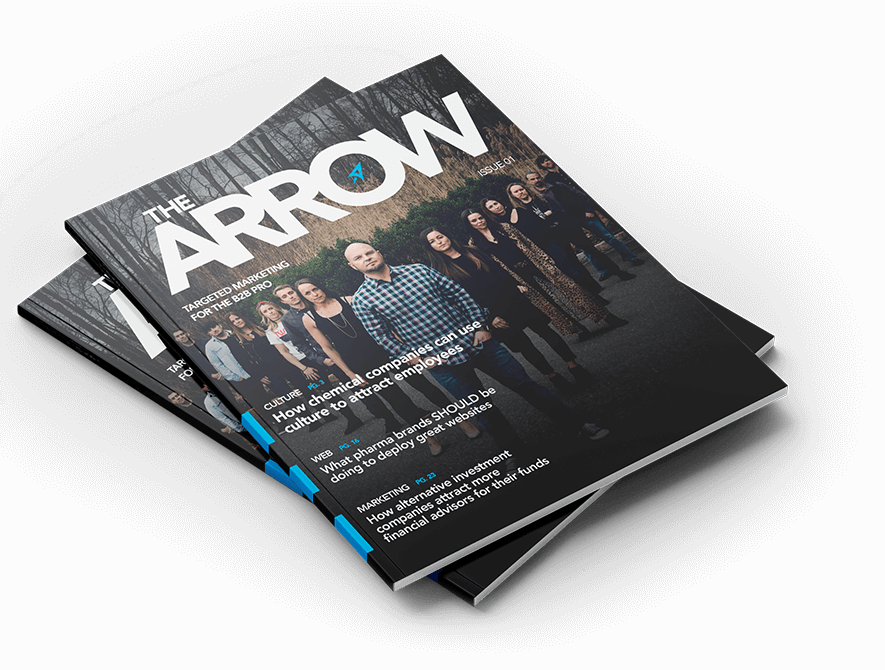4 Ways to Leverage Content Marketing for B2B Businesses
Chris Mulvaney is the CEO of CMDS. I make things... I’m the creative entrepreneur with passion for (re)making brands and inventing solutions to problems no one knows exist.
Two decades ago, the phrase content marketing for B2B businesses conjured up images of jargon-filled sales collateral, painfully bland press releases, sanitized corporate websites, and old-school networking of the type popularized by shows like Mad Men.
At the time, the acknowledged wisdom was that while personalized and engaging brand campaigns might work in the consumer realm, when it came to selling to businesses, a more professional (read: boring) approach was the only way to go.
Cut to modern day, and a whole new breed of digitally savvy decision-makers have entered the professional world, radically redefining the traditional B2B sales journey in the process. According to research from Forrester, up to 62% of business buyers drive their procurement efforts through publicly available digital content. A further 60% of these individuals trust online research over direct communications from sales representatives.
These statistics clearly illustrate just how important blogging, social media posts, and other content strategies have become to B2B sales. In this rapidly evolving online marketplace, the key to success is:
- Determining where your ideal prospects are going to be at each stage of the purchasing process
- Meeting them at those points with targeted materials that will address their specific concerns
- Shepherd them on to the next stage of the funnel
The Benefits of Content Marketing for B2B Businesses

It’s not just about lead generation either. Unique, relevant, and insightful content can help you create a truly differentiated online presence that continues to bring value to your business over the long-term.
SEO
Content marketing is a powerful search engine optimization tool. If you can consistently integrate industry-relevant keywords into your digital materials, then you have a chance to push your website to the front page of Google’s rankings.
Studies from Hubspot show that increasing the volume of indexable pages (blog posts) and backlinks (social media posts and referrals from other sources) can increase your online traffic by up to 48%, which means that more people have a chance to discover your products and services.
Become a Thought Leader
Talking regularly about cutting-edge trends and breaking developments in your chosen niche helps to position your business as a prominent voice in the industry. As your reputation continues to grow, it will help to engender a culture of innovation amongst your staff, as employees work to develop their knowledge and implement new insights into their operations.
Building Loyalty
In a 2015 survey, Gartner revealed that up to 80% of the average company’s profits came from just 20% of their existing customers. In a world where businesses are working harder than ever before to attract and retain new clients, the value of loyalty cannot be overstated. A consistent stream of engaging, high-quality content will help to set you apart from other competitors in the space. It can also turn otherwise indifferent buyers into true brand advocates.
Grow Your Social Media Following
While your company might be posting impressive profits, strong financials don’t necessarily translate to social media clicks and shares. If you want to grow a community around your business, then you need more than just great products and services. Strong content will encourage your target audience to follow you on social platforms, such as LinkedIn, Facebook, and Twitter.
These followers will create organic conversations and bring positive attention to your online channels. Once you’ve established a powerful social media presence, you can use it to push out credible information that counteracts any negative reviews or emerging scandals surrounding your brand.
Effective Recruitment
All of the aforementioned advantages are also extremely helpful from a recruitment perspective. As the job market tightens, top-tier candidates are becoming increasingly selective about the companies that they choose to work with.
Through your social media and blogs, you have a great chance of getting your culture and unique selling points across to these applicants in an authentic manner. In other words, you have the opportunity to market your workplace as somewhere the most qualified people can learn and grow.
Creating Content Marketing for B2B Businesses

1. Start With a Blog
While your main website provides visitors with plenty of information on what you sell and the history behind your business, it won’t offer any real value to users that aren’t ready to purchase yet.
A prominently linked blog will offer these users a real reason to stick around after they’ve satisfied their initial curiosity about your brand. However, cookie-cutter written content may serve the opposite purpose, turning otherwise interested prospects away from your website altogether.
Here are some keys to creating an effective B2B blog.
Make it Relevant – At the end of the day, readers are looking for content that adds value to their lives. If you can’t fulfill this basic objective then you may as well shut down your blog. The first step to creating value is understanding your target audience. What are their preferences and pain points? What sort of lifestyle do they lead? What demographics do they fall into? All of these insights will help you to align your blog posts with your clients’ interests.

Follow Design Trends – Nobody wants to read a solid block of unformatted text, no matter how insightful it might prove to be. If you want to get people to engage with your blog posts, then you need to make them as aesthetically pleasing as they are informative.
- Provide plenty of white space around the text, so that it doesn’t feel overcrowded.
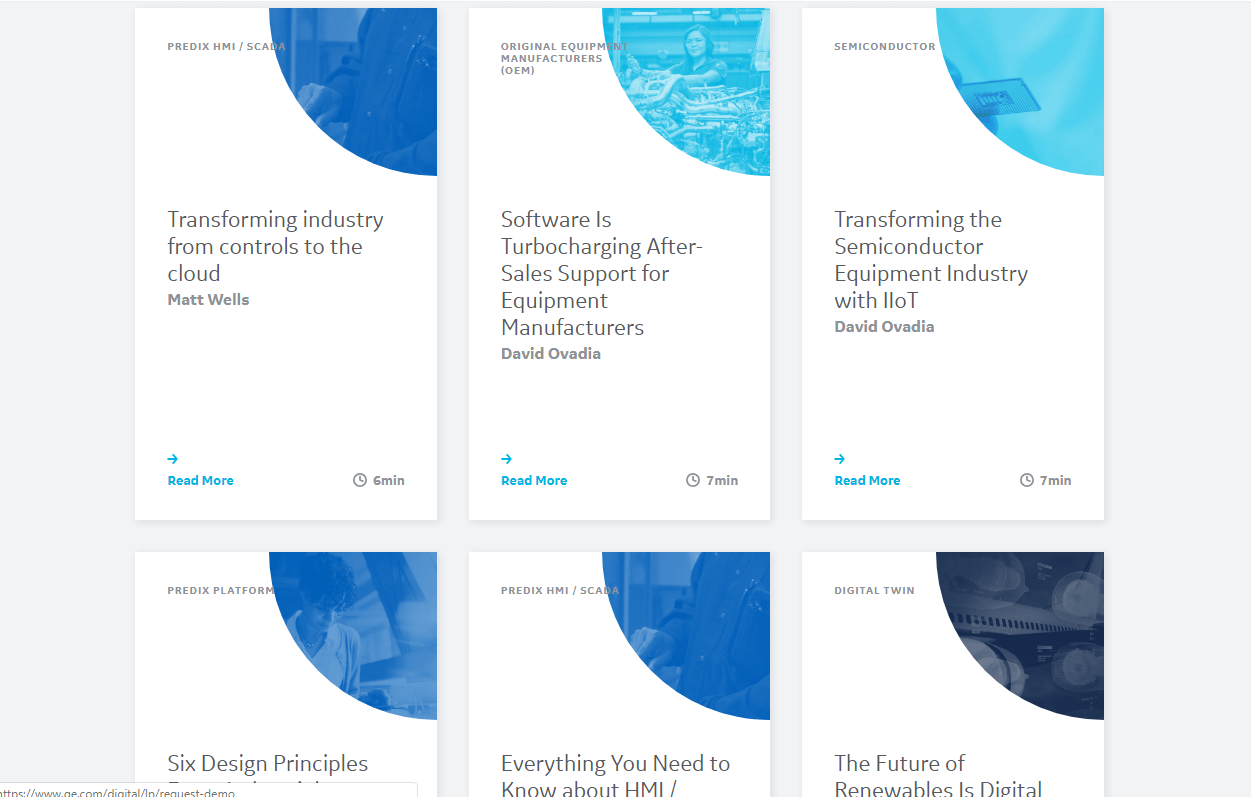
- Add supporting images and screenshots to illustrate your points. Visual information is generally easier to process than written communications.
- Break up chunks of text with headings, subheadings, bullet points, and numbers. Internet users prefer to scan content for relevant information rather than read it from top to bottom.
- Use a larger font size and keep text centered to the middle of the page. These guidelines will help to optimize your blog posts for mobile reading.
- Make sure that you publish new content on a regular basis. If you’re struggling to stay consistent, start a content calendar so you know when new blog posts are due.
- Pull interesting quotes and statistics from your latest blog content. Use them to create promotional posts on your social media profiles so that you can draw as many eyeballs as possible to your material.
- Research effective keywords that are relevant to your business and integrate them into your posts. Stick to one core keyword per post for maximum effect; make sure not to overstuff these terms as it will hurt your SEO rating.
- Guest post on influential industry blogs in order to attract new audiences that may be unfamiliar with your offerings. Link these posts back to your main website blog so that you can capitalize on the interest.
2. Set Up High-Quality Lead Magnets
While drawing qualified traffic to your website is great, ultimately you want to be able to convert some of these visitors into clients. Lead magnets are a great way of accomplishing this goal. These are essentially free pieces of longform content that you offer up in return for email addresses and other personal details. This information can then be added to your list of B2B prospects, and used to drive more targeted content marketing, which we’ll cover in depth in just a moment.
As far as lead magnets go, you want to opt for more specific, in-depth content that offers unique value to prospects. There are several different kinds of lead magnets to consider:
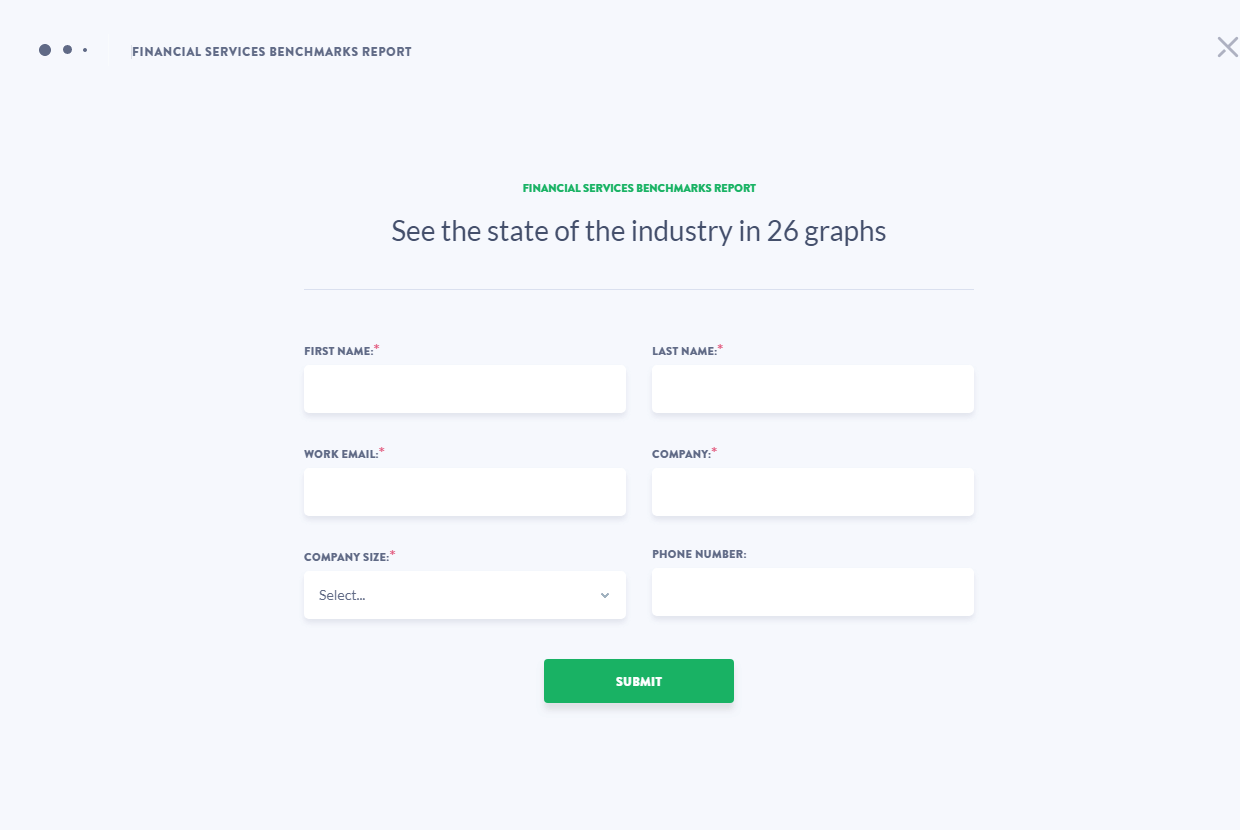
- List of educational resources that would help clients accomplish a certain task or learn more about an industry-relevant topic.
- Sample of your work to get clients acquainted with you.
- Longform tutorials on how to use a specific feature on your product.
- eBook covering a key topic in your industry.
- Case studies detailing how your services helped previous clients.
- White papers illustrating the benefits of your products or showing off your business’s expertise in a wider context.
- Access to a live or recorded webinar that goes over relevant industry issues.
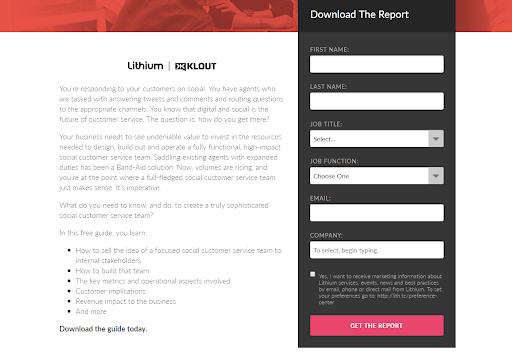
3. Publish a Newsletter
Once you’ve entered a prospective client into your email list, it’s time to start nurturing them with more personalized content. Now, it should be noted that a new subscriber is by no means a guaranteed conversion. After all, the average procurement officer or CIO is likely signed up to a hundred different newsletters, so if you want to engage these individuals then you have to make every effort to stand out.
Start by identifying the sender as an actual person rather than a faceless entity. Nobody wants to correspond with IBM, but Jennifer from Microsoft is a different story.
When it comes to your subject line, the main objective is relevance. You need to communicate the value contained within the email in the snappiest way possible. If you’re feeling uninspired then simply say what the email contains i.e (here’s a video of how our latest product works). If you’ve got a good copywriter on staff, then try to insert some more emotionally engaging wordplay into the title.
Keep the email short. If your recipients wanted to read longform content then they’d download your eBooks. Your emails should focus on specific topics of interest, promotions, or cutting-edge insights that relate to a recent industry development.
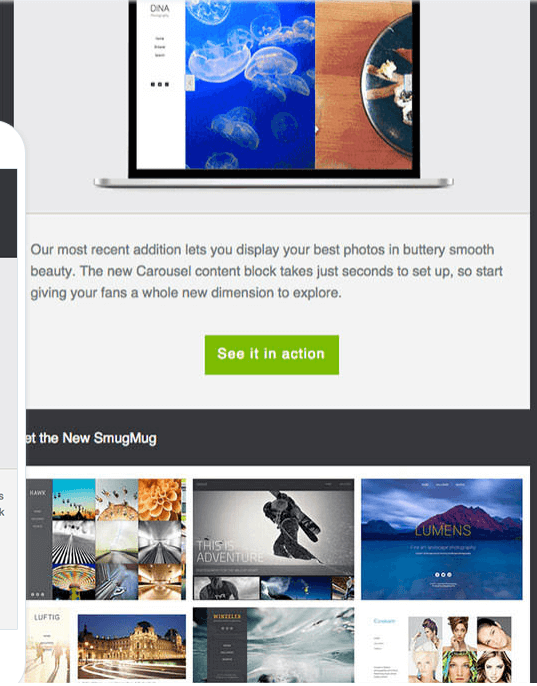
Make your emails visually appealing. Incorporate brand-aligned design, original graphics, and bold CTAs so that your subscribers are engaged from the beginning of the email to the end.
Adding a video to your email can increase open rates by up to 500% and direct actions by up to 800%.
Include a clear CTA at the end of the email that encourages the reader to click back to your website. However, the content itself should never give off the appearance of sales pitch. The aim is to offer value first and drive conversions second. This is ultimately a long-term strategy.
4. Create Videos
In recent years, video has become by far the most popular form of content on the Internet. At last count, an estimated 80% of all online traffic was directed towards videos on platforms like YouTube, Facebook, Reddit, and of course, online networks such as Netflix and Hulu. These statistics aren’t just applicable to the B2C realm. Up to 59% of all senior executives agree that they prefer to watch a branded video over a comparable piece of text.
These statistics shouldn’t come as a surprise. After all, an effective video can condense three paragraphs of information into a single minute through engaging visuals, audio, and other interactive elements.
Video is also better suited to smaller smartphone displays. Users can simply turn their device sideways and get a pretty similar experience to what they would get on a desktop or TV screen. This would explain why 51% of all video content is now consumed through mobile phones.
There are a variety of ways that you can leverage video for B2B content marketing purposes:
- Incorporate filmed testimonials on your landing page. These will give visitors an intimate look into your existing client base and build credibility around your brand.
- A live Facebook Q&A can give you a chance to interact directly with interested prospects, even as you educate these individuals on the benefits of your products and services.
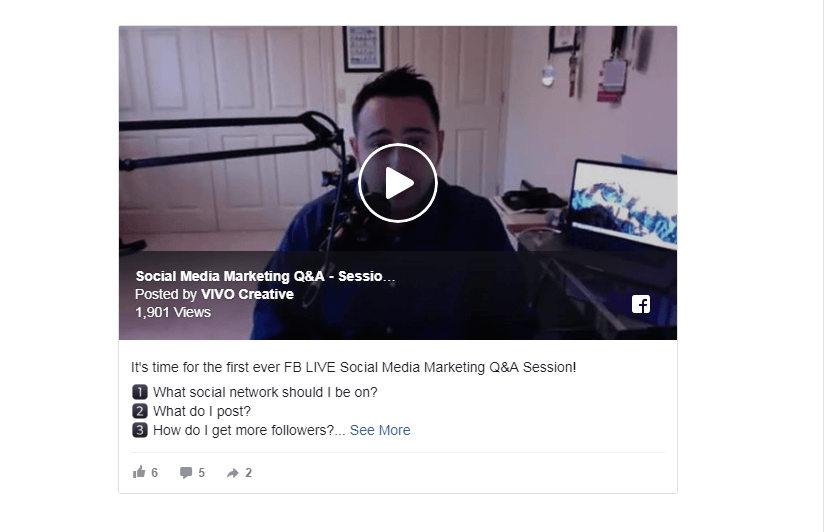
- A regular video series showing key aspects of your operations will offer a more personalized look into the people that drive your business. This helps to separate your brand from faceless competitors.
- Product demonstrations will give interested clients a more intuitive feel of how your products work and the features that they offer.
Professional B2B Content is a Major Differentiator

No matter how you choose to implement your B2B content marketing strategy, consistency and professionalism is key. Establishing a tone and original voice will help to cement your brand positioning and reputation as a credible, respected industry leader. Delivering frequent, high-quality content will build a sense of expectation and loyalty from customers as they anticipate your latest updates.
Not all formats work the same in each industry or for each brand. Experiment with different types of content and see which resonate most with your clients.
Most of all, keep going.
A B2B content marketing strategy is not a short-term play. Steady, original content will earn long term results in SEO, brand loyalty, social interaction and lead generation.
If you are looking for help strategizing your B2B content marketing approach or need help producing professional-level, interesting content, consult with the marketing experts at CMDS. Get in touch for a free consultation at info@cmdsonline.com or call 732-706-5555 for more information.



